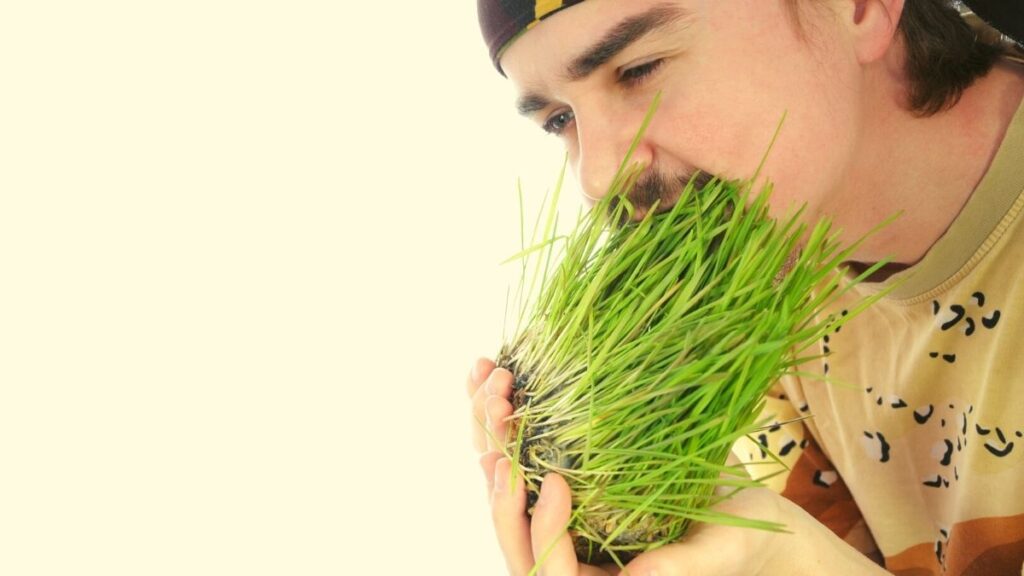
“Can humans eat grass?” is a question that seems to come up every once in a while. Grass is virtually everywhere, from our suburban lawn to thousands upon thousands of acres of it in the Midwest.
No, human’s can’t eat grass, but they can eat the seeds and tubers of some grasses. Let’s look at this further…
If you’ve recently discovered the world of foraging for wild edibles, you’ve likely been surprised to find just how prevalent edible species are. It seems as if everywhere you look you can find at least a handful of plants that you could throw on your dinner plate.
This newfound eye causes you to view every plant around you with a spirit of curiosity. Is that bark edible? What can you do with those leaves? Can a tea be made from these roots?
Questions such as these are no stranger to the forager’s mind. And eventually, you’ll encounter another one: is grass edible?
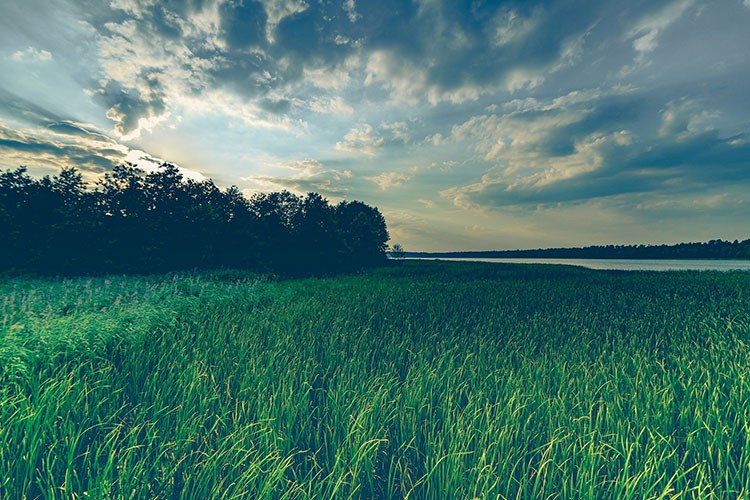
If it was true this common plant could be eaten by humans, then you’d literally be walking across a veritable buffet every day! This could be a boon to the survivor, could it not?
So, can humans eat grass? Let’s look…
Edible Grasses vs Non-Edible Grasses
There seems to be some level of debate within the foraging community as to what is an edible grass and what is not. If you look through the Peterson Field Guide on Edible Wild Plants, you’ll find that A. gigantea, Z. aquatica, P. communis, C. esculentus, and S. Validus are the only grasses listed that are considered edible.
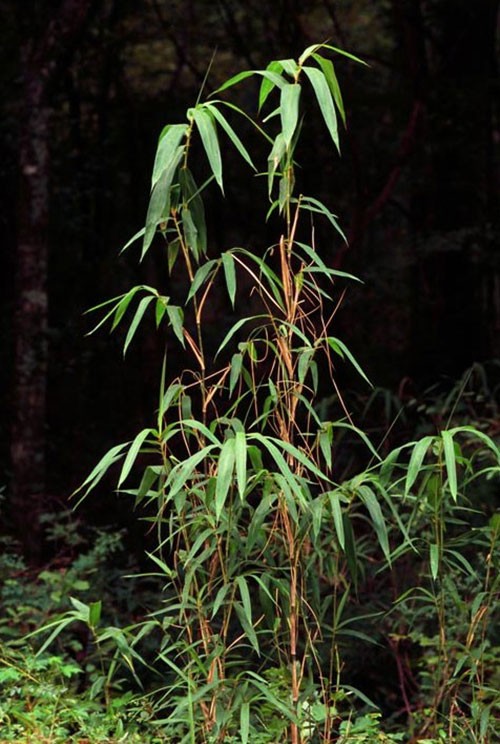
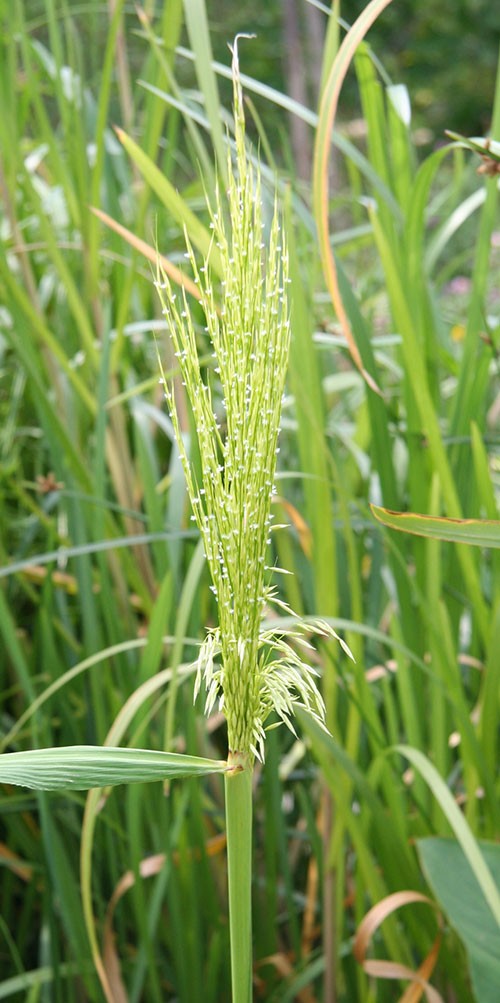
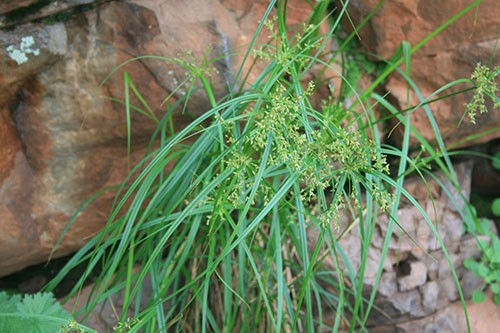
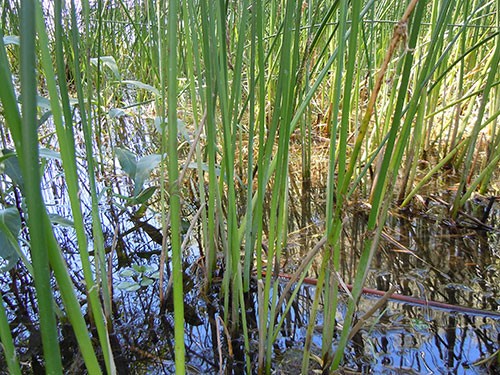
The catch here is that virtually none of these listed options involve eating the grass blades themselves, instead listing options for eating seeds or tubers. When most people ask about eating edible grass, they are typically talking about eating a fistful of grass like a salad from their lawn.
When it comes to that, I’m hard pressed to find any grass which is truly edible.
The guru of wild edibles, Green Deane, agrees with me on this one. He points out that many grasses are just downright dangerous to eat.
Why?
Because of concentrations of cyanide within the blades (or rather the production of cyanide during a human’s digestive process of such). Johnson grass and crowfoot grass are two examples of cyanide-filled grasses.

Other toxic examples include barnyard grass and sand spurs. So it’s clear you can’t just go out, rip up a handful of any grass out there, stuff it in your mouth, and not have to worry about some potentially severe consequences.
Why Cows Can Eat Grass but We Can’t
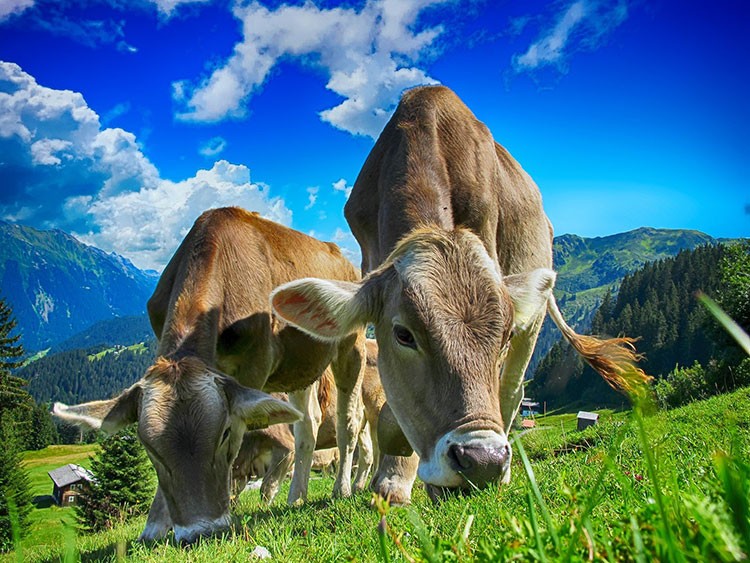
The chief reason that cows can eat grass but we can’t is due to our having different digestive systems. While humans only have a single stomach, cows effectively have four. When was the last time you ate an entire salad bowl worth of kale? Do you think your stomach would have a fun time processing all of that? What would be the consequences?
A cow doesn’t have to worry about that. Their stomachs are more than capable of fully digesting fiber-rich foods, such as grass.
After a cow eats her fill, she’ll go lay down. Then, she’ll regurgitate what she just ate back into her mouth. This regurgitated grass is known as the cud. The cow then chews this cud up even further before swallowing it again.
By the time the cud has made its way through all four stomachs, it is fully digested, and the nutrients are absorbed by the cow.
With only one stomach, humans can’t even dare compete with a cow on the ability to digest grass. We don’t harbor the grass-digesting bacteria in our gut like a cow does, we don’t have the same type of teeth as a cow does, and we don’t have enough stomach to digest it either.
What Happens if We Eat Grass?

There’s a lot of variables at play here that will determine the response.
If you eat one of the types that’s blatantly toxic, you’ll likely vomit, have stomach cramps, severe diarrhea, and potentially face a serious of other dangerous health consequences – maybe even death.
If it’s a “non-toxic” form that you’re eating for a long period of time, one thing that will happen is that your teeth will gradually wear down. As mentioned prior, there’s a lot of silica – something found in rocks and sand – within grass, and your teeth are not created to handle such.
Outside of that, you’re liable to starve yourself if this is what you resort to to stay alive. Since your stomach is not made to handle digesting grass, it’s not going to be able to extract the necessary nutrients you need to stay alive. It’s almost as if you’re just putting non-digestible filler into your body.
Sure, maybe it’ll help stave off the hunger pains a bit, but it won’t decrease your risk of starvation.
But Roland Did It – Why Can’t We?
One option that’s been pointed out by those who claim grass is edible comes from History Channel’s hit series, Alone. During Season 7, contestant Roland Welker ended up walking away with the $1 million dollar prize after staying alive for 100 days by himself in the Arctic with only 10 tools that he was allowed to take with him.
How did he do this? One of the ways was by eating partially digested grass.
Roland did this by eating the stomach contents of a musk ox that he killed with a knife. (The dude’s a man.) Within the stomach of that beast was a big, slimy wad of grass the ox had methodically been working its way through digestion. According to Roland, this grass was now edible for humans because the musk ox had already done most of the digesting for him, breaking down the tougher molecules into something more readily absorbed by a human.
He seemed to thoroughly enjoy it too!
So, is that a workaround for you and I? Should you somehow kill a long abandoned black angus cow in a WROL scenario, could you eat the grass inside the stomach?
My Thoughts on Following Roland
Maybe.
While Roland most certainly accomplished this on his journey – and without any apparent side effects – he is the first person I’ve ever heard of who’s done this. Maybe he’s onto something – I mean, it seemed to work for him, no? But in all my research, I’ve never heard of anyone eating partially digested grass on a regular basis.
Long term, could there be potential side effects from doing so? Yeah, maybe, but probably not, not unless you make it a daily habit.
I’ve not seen any long-term studies done on those who regularly eat grass, and outside of maybe some deranged Nazi doctors, I can’t see anybody performing such a study either.
I do know that there’s a host of tapeworm eggs (such as Ascariasis: roundworm) that end up living on grass blades, and that there may be a good chance you’ll be eating some of those if you go through with this method.

So while I wouldn’t recommend eating raw grass, and Roland seems to have shown eating partially digested grass is doable (and it’s fortunate the musk ox hadn’t been eating human-poisonous grass), I don’t think this is something that you and I should go out and try. In any survival situation, you are probably better off looking for food in an abandoned garden than you are tempting fate by eating grass.
Even within a survival situation, this just seems to be overly risky to me. But enough of what I think. What are your thoughts? Are there native cultures out there you know about who eat native grasses with little to no negative side effects? Do you have more to add on the subject? Let us know in the comments below!
References:
https://www.fda.gov/animal-veterinary/animal-health-literacy/how-cows-eat-grass
https://www.livescience.com/32435-why-cant-humans-eat-grass.html
https://www.fieldandstream.com/survival/roland-welker-interview/
3 comments
What about cooking grass? Or juicing grass into juice?
Not that I’ve heard of. Smoking it, maybe – ha
During WW2 the Jews in concentration camp would boil grass and drink the water. One man who was a boy during WW2 in a concentration camp, grew up and joined the American army. Went to Vietnam and was captured. He taught other prisoners to do what he learned as a child in a concentration camp. They lived because of that.